IBB Blood Transfusion Packs is a 2012 red dot award: design...
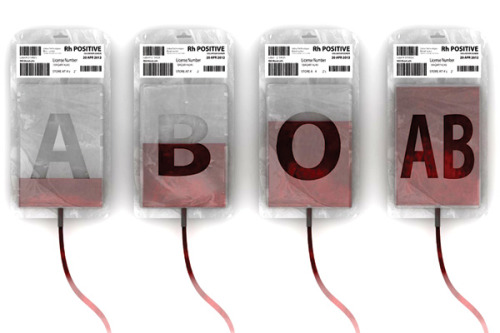
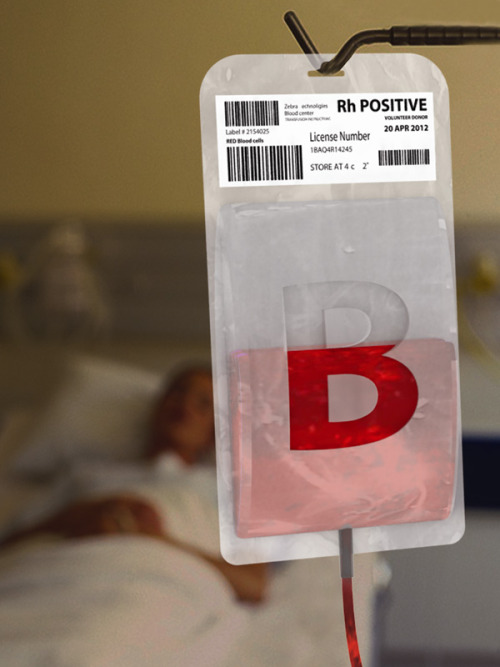
IBB Blood Transfusion Packs is a 2012 red dot award: design concept winner.
With the IBB Blood Transfusion Packs there will be no room for error while administering blood to those who need it. The packaging makes it almost impossible for you to make a mistake, because the letters A, B, or O appear prominently when the bag is filled with blood. Every part of the bags except the letters is translucent and this is what makes it distinctive.
A human blood sample showing red cells, white cells, platelets...
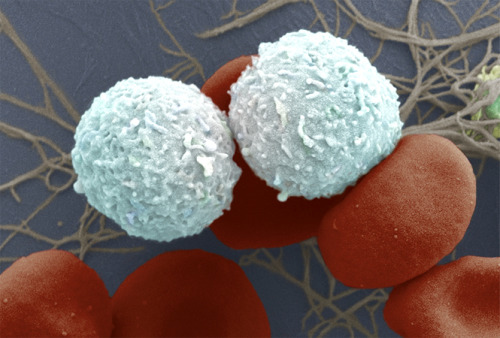
A human blood sample showing red cells, white cells, platelets (colored yellow/green) and fibrin (light brown). The image was captured by field emission scanning electron microscope.
Microbubbles are helping biologist Jason Castle see inside the...
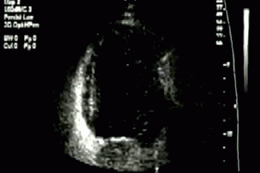
Microbubbles are helping biologist Jason Castle see inside the body.
A few weeks after GE biologist Jason Castle signed up for EMT training in upstate New York, his crew got an emergency call from the family of an elderly man. The sick man was lying in bed and breathing heavily. He was weak and dizzy, but his symptoms were vague. Castle felt frustrated.
"You go in with a blank slate as to what the problem could be, you check the vitals and if you suspect a heart attack, you take him to the hospital for tests," he says. "If this were the case, between transport, CT imaging and stent placement, an extremely critical one to two hours would have elapsed," Castle says.
Back in his lab at GE Global Research (GRC) in nearby Niskayuna, Castle got quickly to work. Castle, 35, is an ultrasound researcher experimenting with "microbubbles," tiny gas-filled spheres the size of red bloods cells that can flow through the bloodstream, reflect sound waves and help flesh out otherwise grainy ultrasound pictures.
"They are exactly what they sound like, just little bubbles filled with very dense gas that acts as a contrast agent," he says. "When you inject these microbubbles, it's like turning on the light inside the heart."
Castle is using microbubbles to develop ultrasound technology that could ride inside the ambulance and help medical staff diagnose patients on the spot, potentially saving lives. "Anywhere blood flows, these microbubbles can travel," he says. "If you are in a car accident and you have internal bleeding, we could tell right away, identify what organs have been injured and where the blood is pooling. You could start these types of tests as soon as the ambulance shows up."
EMTs could deliver microbubbles in the vein through an ordinary IV injection. The bubbles dissolve minutes after the test and the gas leaves the body in the breath.
As impressive as it sounds, Castle and a team of GRC scientists are already thinking about the next step. They are experimenting with using microbubbles as tiny missiles to ferry drugs, antibodies and even DNA payload to tumors, clogged arteries, and whole organs like the liver. When they reach the target, doctors could change the acoustic setting of the ultrasound and burst the bubbles with sound waves. "You pop the bubble and the drug goes wherever you want it to go," Castle says. "You could administer a fraction of a chemotherapy dose and reduce the side effects. It could have a huge potential for the quality of life of cancer patients."
Sitting in the back of an ambulance, Castle is thinking about a time in the near future when doctors could use microbubbles to image a patient's heart and deliver anticlotting drugs at the same time. "Becoming an EMT as well as a biologist working to improve ultrasound gives you a chance to really see both fields," he says. "As an EMT you see the current standards of care, how things are done, and how they could be done better."
For decades researchers thought that the production of neurons...
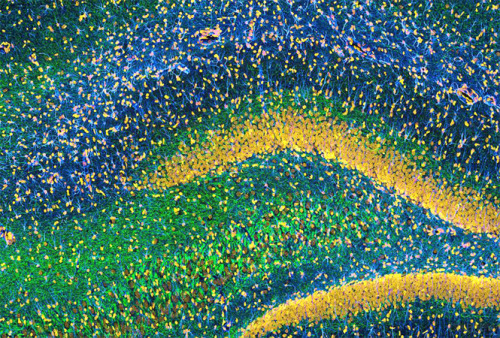
For decades researchers thought that the production of neurons stopped early in life, leaving the adult brain with a finite number of neurons. The discovery of neural stem cells with self-renewing capacity and multi-potency has radically changed this view, and it is now well accepted that the birth of new neurons continues throughout adulthood. Adult neurogenesis occurs in two primary locations: the olfactory bulb and the central part of the hippocampus, called the dendate gyrus (shown at the left).
Image: Widefield multi-photon fluorescence image of a rat hippocampus stained to reveal the distribution of glia (cyan), neurofilaments (green) and cell nuclei (yellow). The image was produced as part of an ongoing brain mapping project for the Whole Brain Catalog.
thoracic vertebrae compose the middle segment of the vertebral...
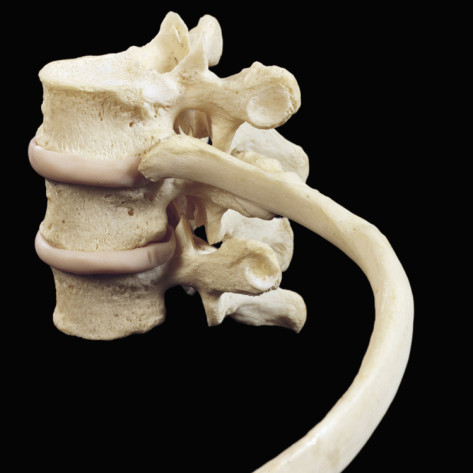
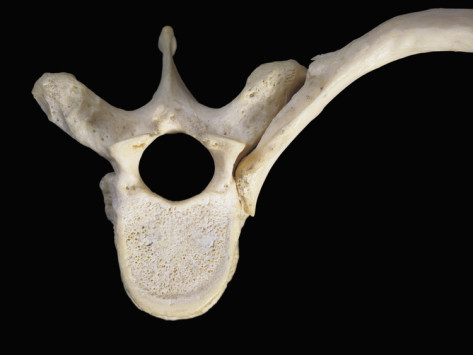
thoracic vertebrae compose the middle segment of the vertebral column, between the cervical vertebrae and the lumbar vertebrae. They are distinguished by the presence of facets on the sides of the bodies for articulation with the heads of the ribs, and facets on the transverse processes (except the eleventh and twelfth), for articulation with the tubercles of the ribs.
Illustration of the Vertebral Column
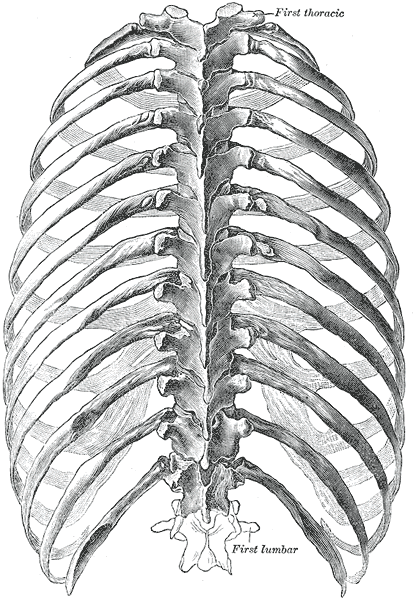
Illustration of the Vertebral Column
Graphic: Body modification through cosmetic surgeryIn 2000, only...
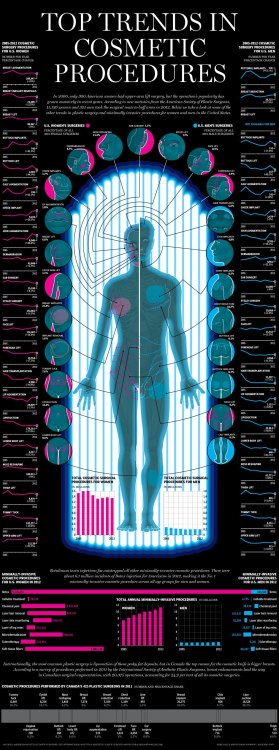
Graphic: Body modification through cosmetic surgery
In 2000, only 300 American women had upper-arm lift surgery, but the operation's popularity has grown massively in recent years. According to new statistics from the American Society of Plastic Surgeons, 15,136 women and 321 men took the surgical route to buff arms in 2012. And while internationally the most common plastic surgery is liposuction of those pesky fat deposits, in Canada the top reason for going under the cosmetic knife is bigger breasts.
According to a survey of procedures performed in 2011 by the International Society of Aesthetic Plastic Surgeons, breast enhancements lead the way in Canadian surgical augmentation, with 20,375 operations, accounting for 24.9 per cent of all its cosmetic surgeries. Above we take a look at some of the other top trends in voluntary body modification.
Photo
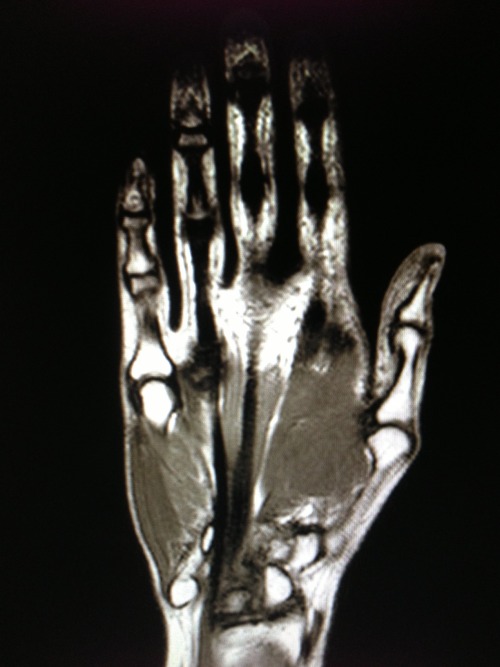
A transverse section of the thorax, showing the contents of the...

A transverse section of the thorax, showing the contents of the middle and the posterior mediastinum. The pleural and pericardial cavities are exaggerated since normally there is no space between parietal and visceral pleura and between pericardium and heart.
The Human Heart Volume Rendering of a contrast enhanced cardiac...
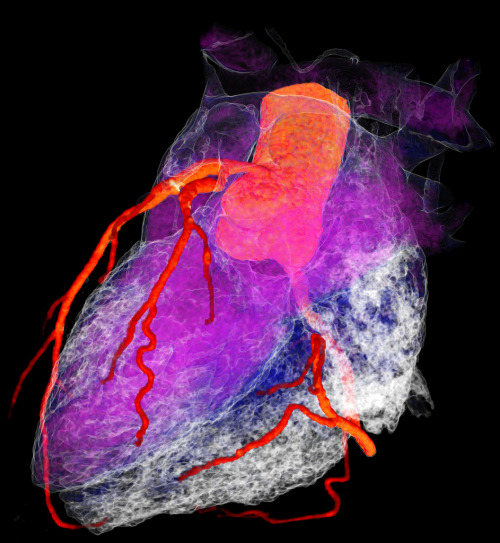
The Human Heart
Volume Rendering of a contrast enhanced cardiac CT
Photo
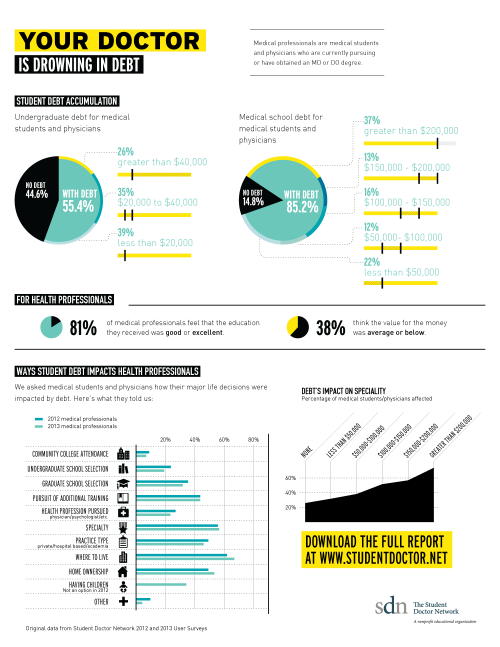
Emphysema Emphysema is characterized by a deterioration of the...
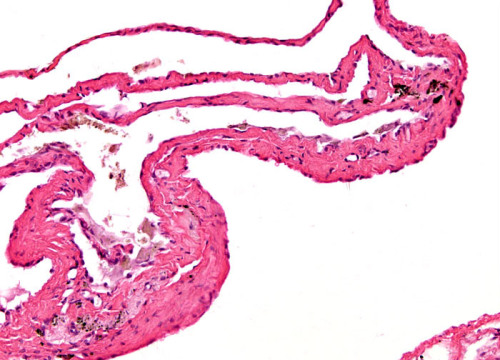
Emphysema
Emphysema is characterized by a deterioration of the elasticity of the lungs, which results in collapse of the alveolar walls and degeneration of the pulmonary capillaries. Consequently, large pockets of air may fill the lungs, but cannot be readily exhaled because the damage present in the organs hinders them from effectively pushing the air out. Early signs of the disease are breathlessness during physical exertion and a mild, chronic cough.
The Human Brain
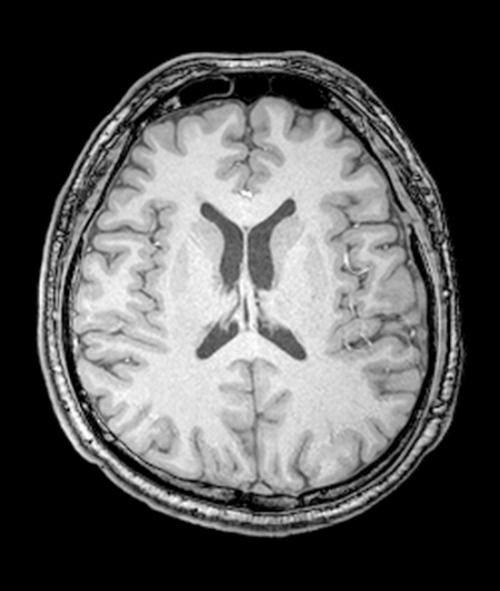
The Human Brain
Deadly new virus, MERS, 'a threat to the entire world' as long...
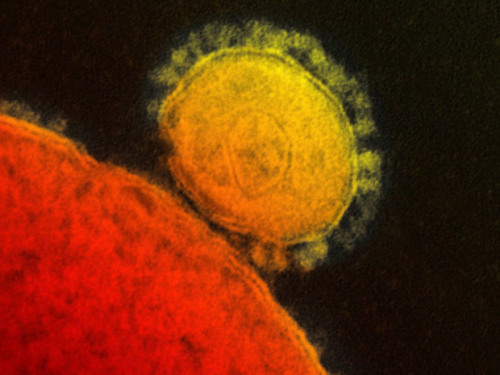
Deadly new virus, MERS, 'a threat to the entire world' as long incubation period stokes transmission fears
A detailed look at two cases of a deadly new respiratory virus called MERS suggests people who have the disease should be isolated for at least 12 days to avoid spreading it, doctors reported Wednesday.
The new germ, a respiratory infection, was first seen in the Middle East and so far has sickened more than 40 people worldwide, killing about half of them.
In a speech on Monday in Geneva, the World Health Organization's Director-General, Dr. Margaret Chan, said her greatest health concern is MERS. She called the ongoing outbreaks "alarm bells" and said the virus "is a threat to the entire world." (THE CANADIAN PRESS/HO, National Institute for Allergy and Infectious Diseases)
Two handed surgical knot with explanation
jayparkinsonmd: I trained as a pediatrician at St. Vincents...
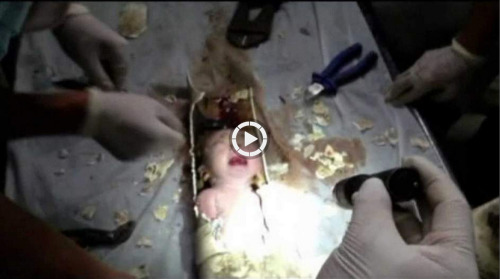
I trained as a pediatrician at St. Vincents Hospital in the West Village. I think Vinnies was the reason why I stayed sane during residency. If I had to do my residency somewhere in Pennsyltucky, I don't know if I could have made it. I needed the diversity, the beauty, the history, and the community. I needed the most beautiful neighborhood in the best city in the world.
And the West Village sure had the diversity. All you had to do was hang out in the ER on a Friday night and you'd see almost anything you could imagine. We had the celebrities right next to the well-known neighborhood drunks who made an appearance every weekend. We also treated the Brooklyn poor who were savvy enough to know that Vinnies was just a block away from the Manhattan-bound L train and was far superior than any hospital in Brooklyn.
The one thing about being a doctor I just couldn't handle is you are the point person for all the horrible things that happen in society. An NYU student jumps from the 10th floor of the library, you see it. In fact, I saw three of those one year. A kid in the projects a few blocks away tries to scale down from the roof of the building to enter his burned down apartment to get his video games, only to have his rope break from the 12th story, you see that too. You see the kid who was riding his skateboard on the sidewalk as his neighbor is mowing the yard who inadvertently runs over a baseball sending it into the child's head at 300mph, yep, you see that too. Or the one month old who was riding in the back of an SUV on a treelined highway on a windy day that sent a tree falling into her parents in the front seat, killing them instantly. You see it.
The one thing I could never get used to was simply how often babies are born in toilets and left to be found by someone else only to be rushed to the ER and transported to our Neonatal Intensive Care Unit. Their first breath in this beautiful world is toilet water. This happens more than any of you could possibly think and I would care to remember.
I no longer practice medicine. One of the reasons is because I'm a fairly optimistic "the world is a beautiful place" kind of guy and quite susceptible to my environment and the people around me. As a pediatrician, your world view is skewed toward the horrific. Hell, as any kind of doctor, you're surrounded by sick people and death. This just wasn't for me nor was it something I considered upon making my decision to enter medical school. If the vast majority of pre-med students knew exactly what they were getting into when they decided to become a doctor, we'd probably have very few doctors. Naiveté is necessary. But once I found myself in that world surrounded by babies born in toilets and random fatal accidents, I knew I had to do something else. I knew I had to be in a situation that wasn't so bad for my emotional and mental health. I figured Preventive Medicine made sense— work with healthy people and keep them well. But who pays a doctor to keep you well? Nobody really. It's estimated that 2% of our healthcare system's dollars come from preventive measures.
I'm extremely happy with my life. I don't have to be on the front lines. Not everyone is cut out for that. And I can build systems that help doctors be better doctors and patients be better patients. I can build a platform that makes doctors more accessible, because accessibility is the best prevention. I'm honestly the luckiest man having stumbled into my newfound profession. I'd like to say this was all part of some grand masterplan, but my plan was to create my life by always being on the lookout for opportunities to build things that make healthcare better.
And I can look in awe at those amazing healthcare professionals who are on the front lines sawing babies out of sewer pipes in China. Hug one of them if you know one tonight and just say thank you. They sacrificed a blissfully ignorant worldview that most of us are lucky enough to have, to witness firsthand the shit of the world so they can save others. They are a special breed.
Histology of the human eye
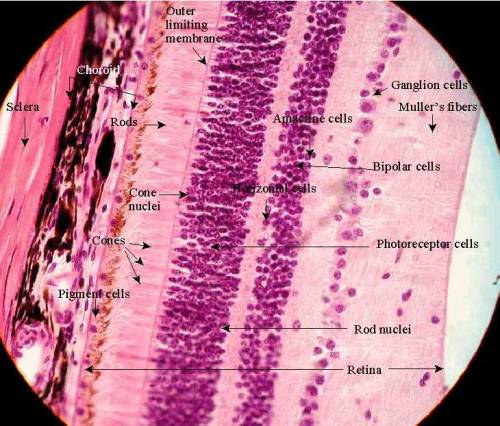
Histology of the human eye
Mother's obesity during pregnancy spikes baby's risk of stroke,...
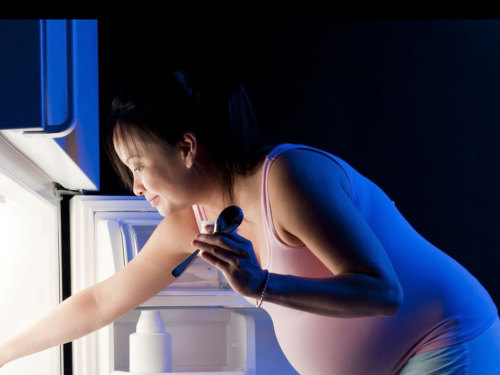
Mother's obesity during pregnancy spikes baby's risk of stroke, heart attack later on: Quebec study
A mother's obesity during pregnancy appears to set her baby up for an increased risk of heart attack and stroke when he or she is older, Canadian researchers are reporting following a study at Laval University.
[Fotolia]
Skin's top layer is a prototypical "squamous...
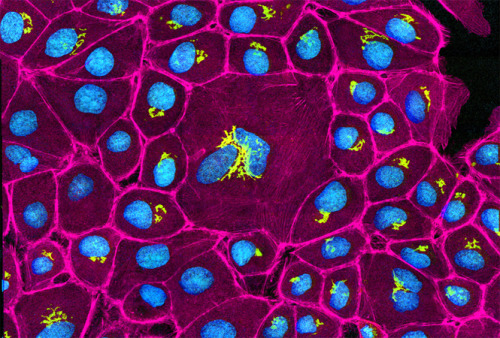
Skin's top layer is a prototypical "squamous epithelium": it contains layers of densely packed epithelial cells that form continuous sheets. The sheets stack up on top of each other, and then the whole stack sits on a basement membrane, which supports the epithelial and serves as a source of new cells for growth and regeneration. Epithelia have nerves but no blood vessels.
Epithelia are classified by the shape of the top cells. For the skin epidermis, these cells have a "polygon" shape when viewed from above, and thus, the epidermis is called a "squamous epithelium."
Image: Here cultured epithelial cells are imaged via multiphoton microscopy, illustrating the classic polygon shape of "squamous epithelial cells." Cell nuclei were stained for DNA using Hoechst 33342 (cyan), the Golgi apparatus expres targeted GFP (green), and actin was stained using fluorescent phalloidin (magenta).
generalelectric: As requested by @jennaklebanoff and...
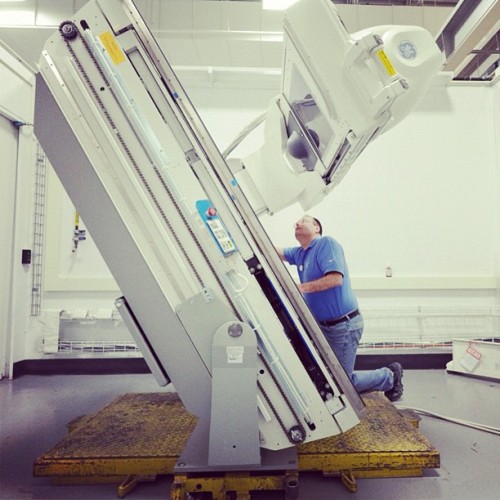
As requested by @jennaklebanoff and @kittykat2197, here's a peek inside #GE #Healthcare in Southeastern Wisconsin, featuring one of our engineers at work on a Precision 500D radiography machine. #manufacturing #technology (Taken with Instagram)














There's shocking news in the sports betting industry.
ОтветитьУдалитьIt's been said that every bettor must watch this,
Watch this now or stop placing bets on sports...
Sports Cash System - Sports Betting Robot